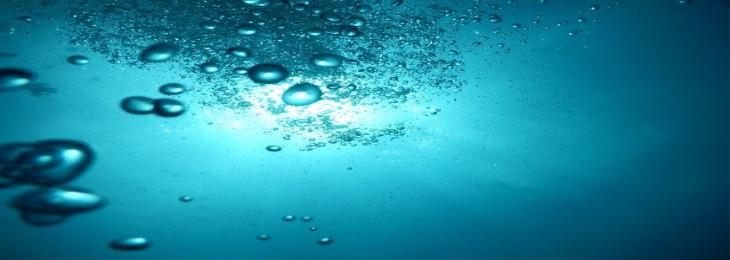
Water is physically all around everywhere in the air, but it is mainly unreachable, which is a frustrating part of existence.
Many of the approaches rely on materials or microstructures with large surface areas that capture water molecules and then release them when heated by sunshine. However, many require external electricity for heating, and those that do not frequently rely on temperature swings over a day and night cycle, limiting their ability to operate 24 hours a day.
ETH Zurich engineers have developed a novel contraption that can extract drinking water from the air. The system operates 24 hours a day, 7 days a week, and requires no additional electricity, making it ideal for usage in distant or developing areas. The new device developed by the ETH team aims to address both of these issues. In some ways, it's the polar opposite of a solar still, it's simply a huge enclosure built to cool down dramatically in comparison to the outside environment, allowing water vapour to condense more quickly.
The process begins with the device's most visible feature, a large cone on top. This serves as a radiation shield, deflecting ambient heat from the air while also keeping sunlight off the box's upper surface. This surface has a few tricks in its sleeve to stay cool. It's comprised of a pane of glass that's been covered with layers of a specifically engineered polymer and silver, allowing it to initially reflect sunlight away from the room to keep it cool.
The heat it does absorb is instead expelled at a precise infrared wavelength, allowing it to pass right through the atmosphere and “vent” into space's cold. The end result is a box that can be up to 15 degrees Celsius (27 degrees Fahrenheit) cooler than the outside temperature, according to the team. This generates optimal conditions for condensation to form on a specific surface on the box's roof. This surface is coated with a super hydrophobic substance that repels water, causing droplets to form and fall into a collection container below.






